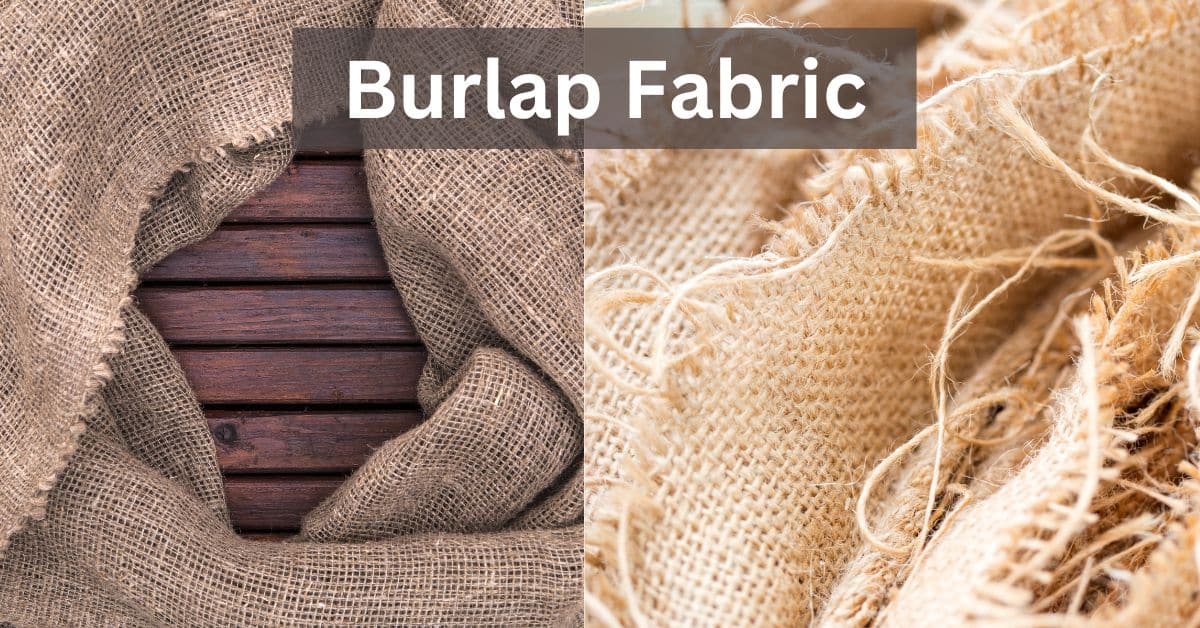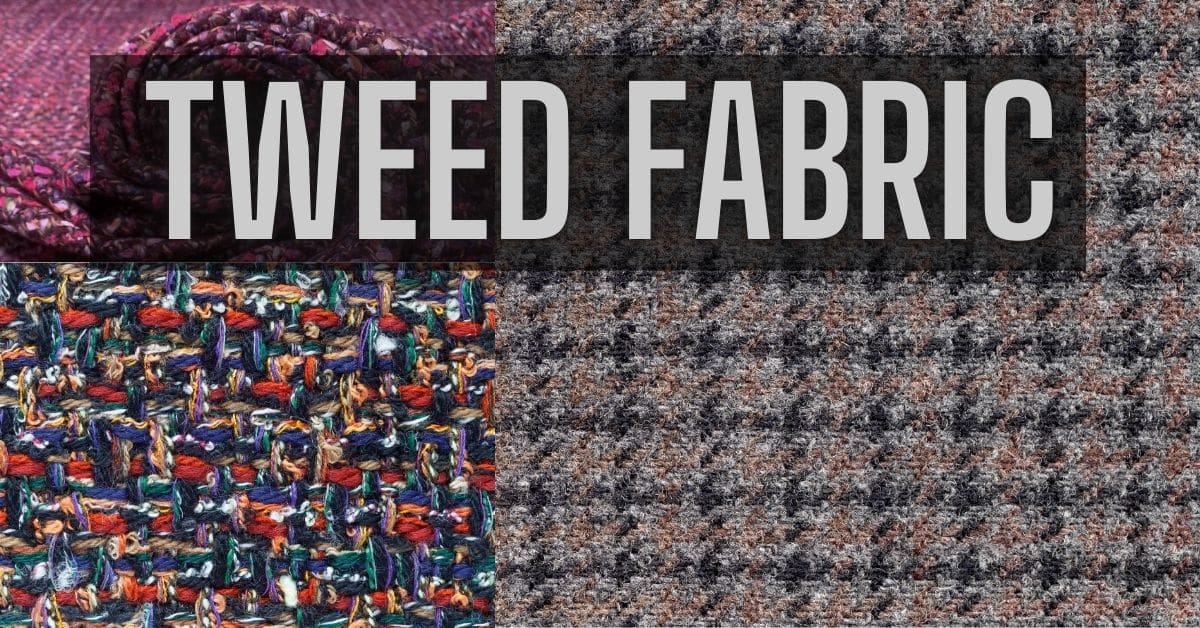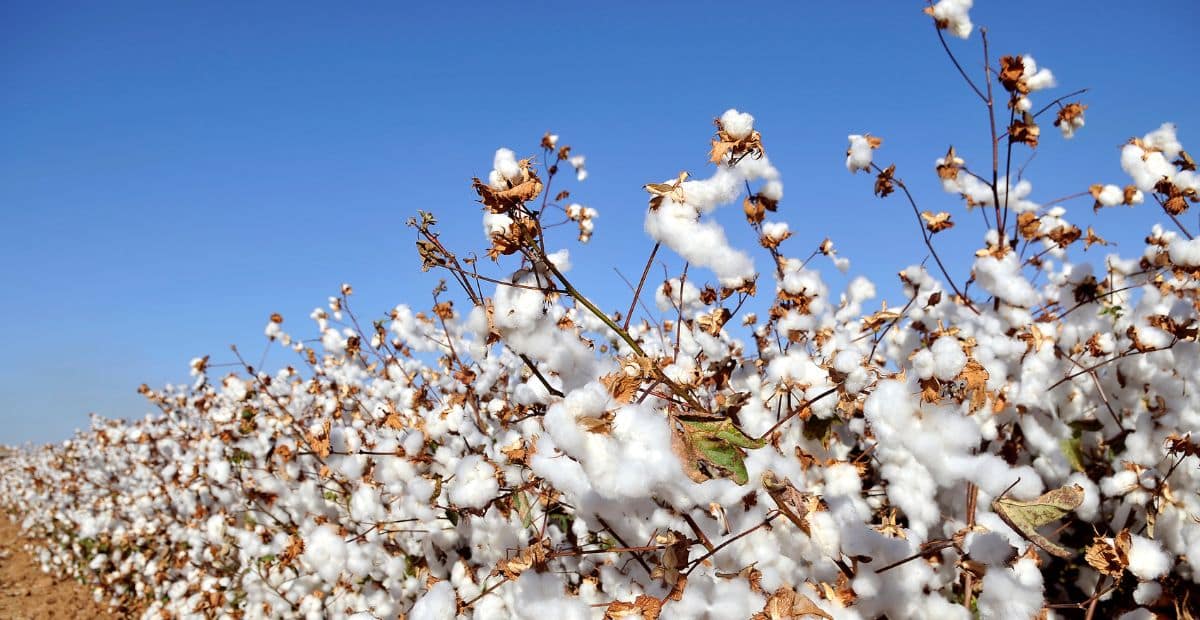Care labels, though rarely thought of, are your best friend when it comes to cleaning your clothes. These trivial tags contain a wealth of data that can help you insulate your clothing, select the correct size, and treat the fabric correctly. Care labels can save you money, time, and even help the environment by guiding your attention.
This in-depth guide will walk you through the basics of what care labels are, how to read them, and why size, material, and signs are so important to ensure your wardrobe is well maintained.

What Makes Care Labels So Important?
Care labels do not just show you how to clean your clothes — they provide information about the fabric and construction of your garments. You will avoid shrinking, fading or pillaging by learning what they mean.
- Fabric Care: By keeping it cared for in an appropriate way, it maintains the texture, color, and strength of the fabric.
- Effective Washing: Knowing how to wash correctly reduces wear and tear.
- How to Avoid Accidents: Care labels prevent you from ruining garments by using the wrong detergents, heat or dryer.
- Environment-Friendly: They usually offer care recommendations which are sustainable for the environment.
Whenever you purchase clothing, take a minute to check the care label first.
Understanding Care Labels: Things You Should Know Size, Material, and Indicators
Care labels offer three main pieces of information – size, material, and indicators. All of these elements are essential to maintaining your garments. Let’s explore these types more closely.

Size Labels: Getting the Perfect Fit
Why Size Labels Matter
Size labels make it easy to shop and ensure that you are comfortable wearing your clothes. Whether you’re purchasing a shirt, trousers or jacket, size labels save you the agony of attempting to find the right size.
- Clothing Size Variations: Sizes vary around the world. For example, US size medium and EU size medium are different.
- Body Sizes Accompanied: Some labels have measurement added on (eg., waist, chest, inseam) to ensure accuracy.
How to Decode Size Labels
- Standard Sizes: Most clothes come with the sizes of XS, S, M, L, or XL.
- Sizes in Numbers: Trousers and jeans often measure by waistline and length (32×30).
- Children’s and Women’s Sizes: These can be based on age or numbered scales that are very different than men’s.
Material Composition: Why It’s a Key Indicator
Material composition describes your garment’s construction and how to care for it.
- Natural fibers: Cotton, silk and wool provide wicking and warmth, but they also need care.
- Synthetic Fibers: Polyester, Acrylic, and Nylon – durable, heat resistant.
- Mixed fibers: Mixed fibres are a cross between natural and artificial materials.
Fabric Properties Explained
- Cotton: Absorbent, durable, soft, and susceptible to shrinkage when hot.
- Polyester: Does not wrinkle or shrink, and is easy to maintain.
- Silk: Ultrasoft and silky but very delicate, needs cold water and mild detergents.
- Wool: Warm and durable, but liable to shrink and felt under extreme temperatures.
Knowing the material allows you to perform the correct cleaning and maintenance steps. Read more: white label clothing manufacturer.
Care Indicators: Unlocking Their Secret Language
Care labels might have symbols that seem confusing, but they are consistent. These icons refer to washing, drying, ironing, bleaching, and dry-cleaning procedures.
Washing Symbols
- The bucket of water symbolises washing instructions.
- Dots of Temperature: One dot represents cold water, two represents warm, and three represents hot.
- A hand in the bucket symbolises washing hands.
Drying Symbols
A square with a circle in the middle means tumble drying.
Lines represent air drying; two lines indicate drip drying without wringing.
Ironing Symbols
An iron symbol indicates whether you can iron the dress.
The heat intensity is marked with dots, one in low heat, two in medium heat, and three in high heat.
Bleaching and Dry-Cleaning
A triangle means whether or not you can bleach it.
A circle with a letter on it demonstrates dry-cleaning compatibility.
This knowledge will help you prolong the life of your garment and retain its original quality.
The Consequences of Ignoring Care Labels
Missing care labels can often cause irreversible clothing harm. Here’s what can go wrong:
- Shrinking of Fabric: Washing wool or cotton in hot water shrinks it.
- Colour Fading: The use of strong detergents or the wrong washing method can fade vivid colors.
- Weakened Fibers: Drying fine garments in hot air creates damage.
By following the care label, you prevent costly error and waste.
Steps to Interpret Care Labels Correctly
Care labels may sound daunting at first, but you won’t have to. Follow these steps:
- Find The Info You Need: Look for the size, fabric, and care information in a section.
- Look Online: Look up symbols or use online manuals or apps to decipher foreign ones.
- Listen Priority Hierarchy: First wash, then dry, iron, and pack.
Tips for Washing and Drying Based on Care Labels
Careful washing and drying helps to maintain the integrity of your clothing. How to implement care label data correctly:
- Wash Separately by Water Temperature: Wash cold, warm, and hot water garments separately.
- Sort By Fabric: Keep delicate fabrics such as silk or lace separated from jeans or towels.
- Use Gentle Detergents: Only use mild soaps for natural fibers to ensure no harm is done.
- Avoid Overloading Machines: It gives you cleanness and less fabric stress.
Drying with air is preferable for delicate items and tumble dryers are ideal for durable materials such as polyester.
Sustainability in Care Labels: Things You Should Know
Some care labels even promote the environment. So follow these tips to do the environment a favor and preserve your clothing:
- Cold Washing: Conserves energy and damage to fabrics.
- Line Drying: Uses minimal energy and maintains strength.
- Make it Last: Add extra life to your clothes by patching holes or recycling materials.
Green care helps conserve and save resources and money, making sustainable care an economic win for you and the plane
Modern Innovations in Care Labels
New technologies are turning care labels into more accessible instruments.
- QR Codes: Some brands come with QR codes pointing to step-by-step instructions and videos.
- Smart Fabrics: In-skin sensors send care signals in real time.
- Compostable Care Labels: Eco-friendly companies now use compostable care labels.
These advancements simplify garment maintenance, and aid sustainability.
How to Organize Your Wardrobe Using Care Labels
You keep clothes in order, which saves you from tearing them down. Use care labels to make it work for you:
- Group By Fabric Type: Divide cottons, synthetics, and delicates.
- Sort by Care Needs: Put machine-washable clothing in the same pile, and hand-washable clothing in a different pile.
- Seasonal Storage: Check care labels to see what items you can store over the long term.
A well-organized closet saves you time and keeps your clothes in top shape. read more. choose perfect fabric.
The Future of Care Labels
Care labels have grown in popularity as the fashion industry has changed.
- Global Standardization: Initiatives to standardize care label symbols for all users are underway.
- Individualized Care Recommendations: Computer programs might soon study your laundry routine and give personalized care recommendations.
- Eco-Labels: Companies are creating icons to advertise recycled and ethically manufactured materials.
The future of care labels isn’t merely clothing maintenance: it’s a more enlightened shopping experience.
What Is a Professional Care Label?
A professional care label is a small tag or label attached to garments, providing detailed instructions on how to care for the fabric. These labels often include symbols, text, and sometimes even QR codes that offer additional information or links to online resources. Their primary purpose is to help consumers maintain the quality and longevity of their clothing by following proper care practices.

Conclusion
Labels provide the information needed to maintain the longevity and quality of your clothing. Whether it is through knowing their size, material, and indicators, you’re not only protecting your wardrobe but you’re also making choices that are environmentally sustainable. From washing symbols to cutting-edge tech such as QR codes, care labels are adapting to modern consumer expectations. The next time you buy clothing, take the time to read and understand the care label. It’s not just a quilt, but a roadmap for smarter, more sustainable living. Read more: clothing manufacturer.
FAQs
What are care labels like?
Care tags specify washing, drying, ironing, bleaching, and size information, as well as material.
What does it mean to see whether a garment can be ironed?
Look for the iron symbol. The amount of dots reflected indicates how hot the material is.
Why do clothes sometimes use symbols rather than words?
Universal symbols cut out the language barrier, making care labels accessible to all around the world.
















4 thoughts on “Care labels: things you should know size, material, and indicators.”
BWER Company is Iraq’s leading supplier of advanced weighbridge systems, offering reliable, accurate, and durable solutions for industrial and commercial needs, designed to handle heavy-duty weighing applications across various sectors.
At BWER Company, we prioritize quality and precision, delivering high-performance weighbridge systems to meet the diverse needs of Iraq’s industries.